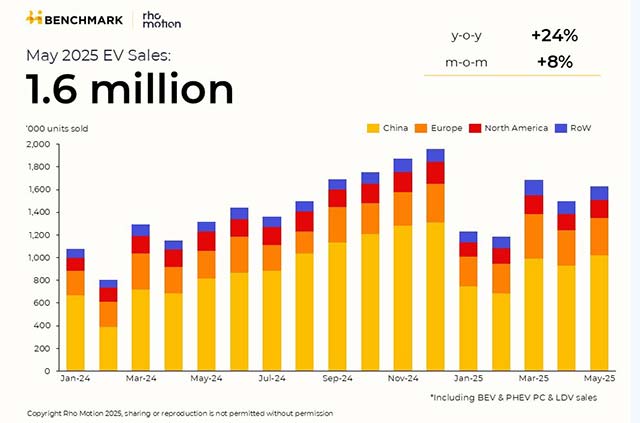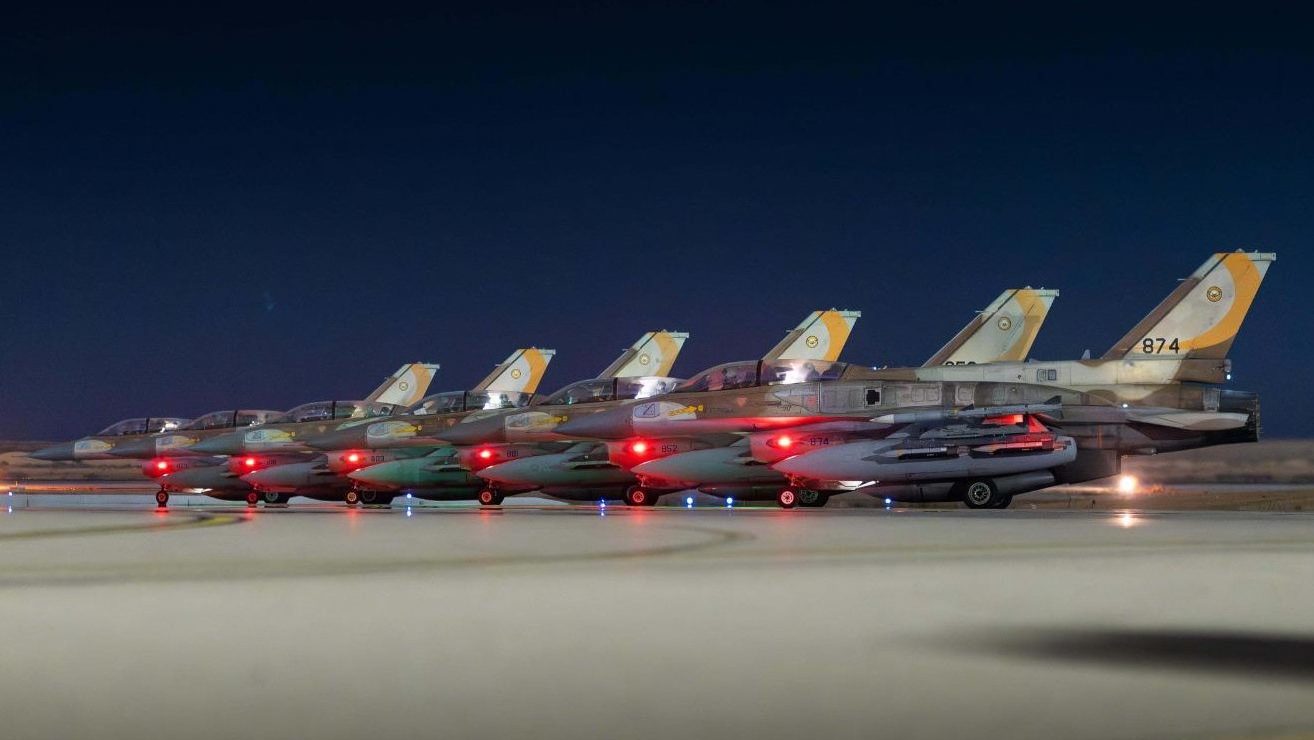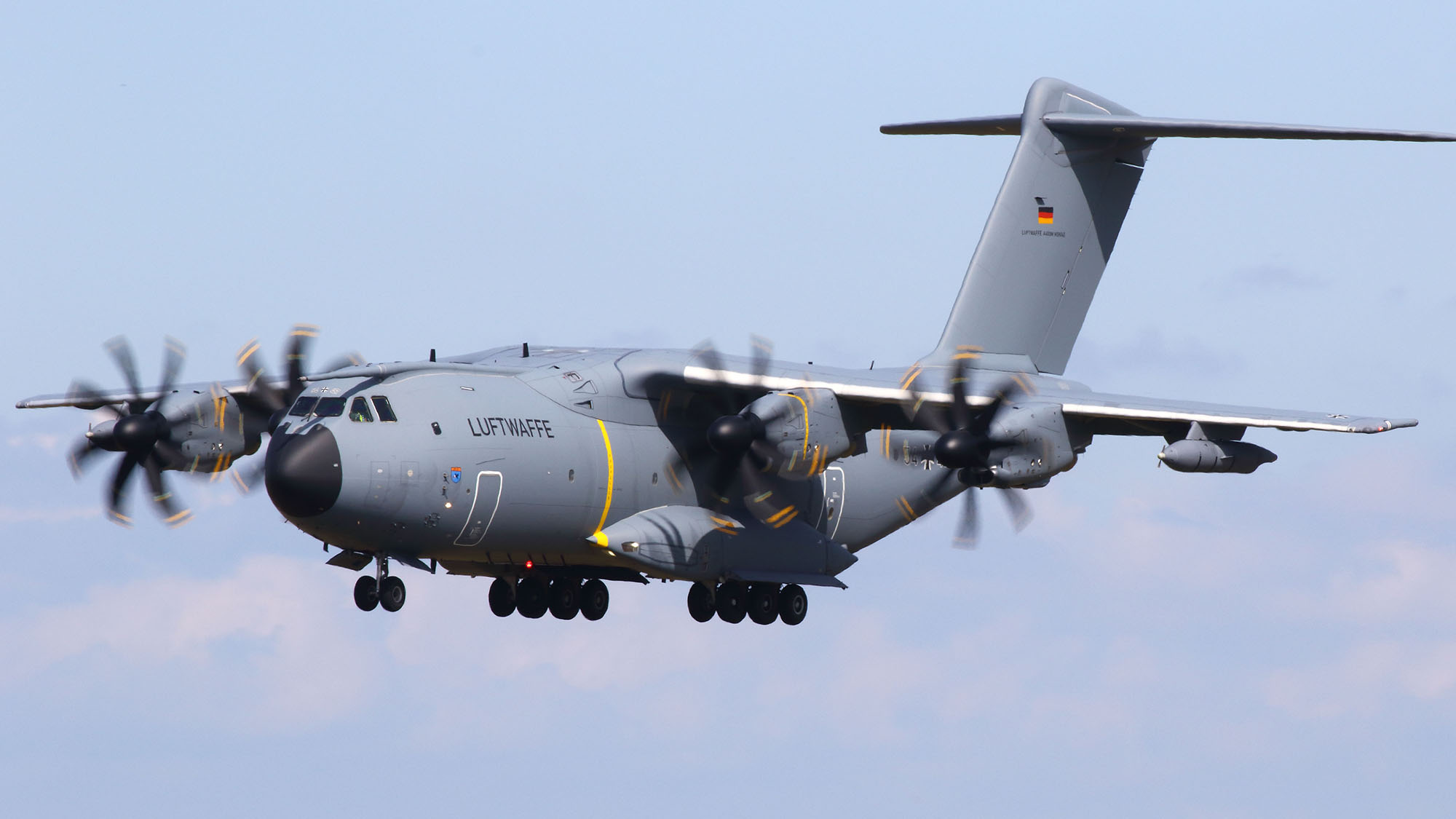Intermodal carriers getting ‘a bit more optimistic’
As tariff talk cools, intermodal carriers are becoming more upbeat. The post Intermodal carriers getting ‘a bit more optimistic’ appeared first on FreightWaves.

Intermodal carriers sounded a little more upbeat than they were just a few weeks ago at an investor conference held in Chicago on Tuesday.
Management from Schneider National (NYSE: SNDR) said its “feeling a bit more optimistic” than it was on its first-quarter call held on May 1. The multimodal provider said at the 2025 Wells Fargo Industrials & Materials Conference on Tuesday that the worst-case scenarios previously contemplated at the onset of the trade war now appear unlikely.
Schneider’s President and CEO Mark Rourke pointed to a return to seasonal demand from some customers but classified trends as still “not completely normal.” He said volume weakness on the West Coast (as imports from China remain in flux) is being offset by strength on intermodal lanes out of Mexico and in the Midwest.
He believes an inventory pull-forward before the conclusion of the 90-day tariff pause between the U.S. And China is likely. Some of Schneider’s customers are expecting “a tsunami” of freight while others are calling for steady shipment flows.
The company said demand for its single-line intermodal service from Mexico to Chicago on the Canadian Pacific Kansas City (NYSE: CP) line will allow it to outgrow the rest of the industry. It expects new business wins along that lane and throughout the rest of its network to offset any tariff-induced air pocket in demand.
Schneider’s intermodal contact pricing has largely been flat to up slightly so far this bid season, and it is having constructive conversations with customers who are showing more interest in the mode as they expect the truckload market to eventually tighten.

Management from J.B. Hunt Transport Services (NASDAQ: JBHT) said the headlines have been exaggerated and that intermodal demand has been relatively stable. It is looking for “an ok peak [season]” blended with “a little bit of optimism on the supply side.”
“Generally, business has been way more stable than what I think concern has been from the market,” said Brad Delco, senior vice president of finance at J.B. Hunt, at the event.
J.B. Hunt, too, said that intermodal bid season is producing flat to slightly higher pricing, noting strength on head haul lanes.
Schneider’s intermodal revenue per load was 1% higher year over year in the first quarter (excluding fuel surcharges) while J.B. Hunt recorded a 1% decline.
J.B. Hunt saw 13% volume growth in the East, which has a shorter length of haul and negatively impacted the yield metric, during the period. It remains encouraged by recent growth trends in the business given the absence of the normal demand catalysts for modal conversion like fuel cost pressures and rising TL rates.
The company remains focused on improving balance throughout its network and growing both volumes and yields.
TL market still waiting for inflection but getting closer
Schneider said the TL market is getting closer to equilibrium. It pointed to meaningful inflections in data points (tender rejections and spot rates) during one-off events (Roadcheck and the produce shipping season) as signs. Some of Schneider’s customers are also engaging in “scenario planning” in case the market tightens.
Nick Hobbs, J.B. Hunt’s chief operating officer and president of highway and final mile services, voiced “maybe a little bit of optimism” on the freight market. He said demand is decent and that truck capacity is still exiting. He also pointed to the recent sensitivity in spot rates as capacity moved to Florida to cover the produce season.


“Things have been very steady for us … that’s a positive because things have been anything but steady in the prior two to three years,” said Brad Hicks, executive vice president and president of dedicated contract services at J.B. Hunt.
He said the dedicated unit is still winning new business and that a stretch of account churn is ending. He expects net fleet growth in the second half of this year.
J.B. Hunt’s dedicated contacts are garnering price increases around 3.5%, which is still a little lower than what it has experienced during better parts of the cycle.
“Equilibrium is getting real close. I think that there’s fragileness in the supply chain and the supply side. Any little lift will start to be felt,” Hicks said.
Schneider is seeing low- to mid-single-digit y/y price increases on its one-way TL contracts this bid season. It reiterated the expectation that pricing in the unit will be higher y/y in 2025. The impact the rate increases will have on margins remains to be seen as the industry is still struggling to recoup years of cost inflation.
“We’ve maintained our discipline relative to getting to contractual improvement,” Rourke said.
He said Schneider has been willing to place one-way equipment into the spot market on certain lanes when it can’t get the desired contract pricing. The stickiness of the recent rate increases remains to be seen, but so far it has been especially good with big shippers utilizing large trailer pools.
Unlike most in the industry, Schneider’s combined TL fleet, which includes dedicated, reported 130 basis points of y/y margin improvement in the first quarter. The 95.9% operating ratio (inverse of operating margin), however, remained depressed by historical standards.
The company has targeted more than $40 million in potential cost reductions from tractor utilization and other initiatives. It hinted Tuesday that total savings could move higher as it has a history of achieving and raising targets.
Gains from equipment sales, which are recorded as offsets to operating expenses on the income statement, could be a tailwind as tariffs increase the price of new trucks, lifting the value of used equipment.
Schneider stopped short of raising its full-year 2025 adjusted earnings-per-share guidance, which it cut by 17% to a range of 75 cents to $1 on the first-quarter call. However, it said it could narrow the range, presumably higher at the midpoint, depending on how the second quarter closes.
Shares of SNDR were up 2.4% on Tuesday while shares of JBHT were up 2.5%. The S&P 500 was up 0.6%.
More FreightWaves articles by Todd Maiden:
- Dynamic pricing, easy comps end 22-month tonnage downturn at ArcBest
- Saia’s tonnage turns negative after 22-month run
- XPO sees modest tonnage decline in May
The post Intermodal carriers getting ‘a bit more optimistic’ appeared first on FreightWaves.



















































































































































